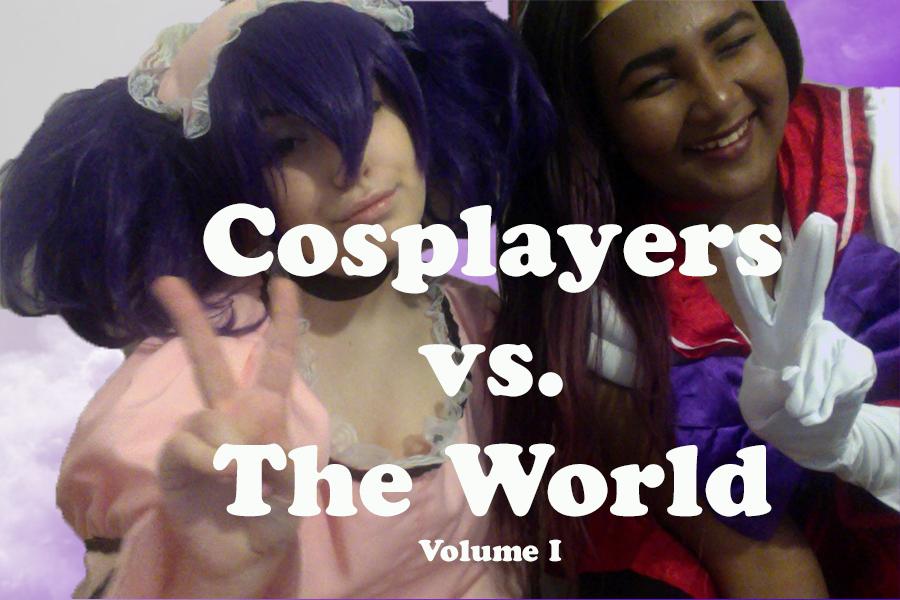The first time I heard of cosplaying, I was thirteen years old. It sounded like the greatest thing ever—dressing up and acting like your favorite character sounded like a dream to me, though I soon realized there were many skeptics. My mom, who is totally cool with the art of cosplaying now, didn’t understand the point of it. And, to be frank, she thought anime conventions were for “furries and weirdos.” Five years later, I re-addressed the issue of attending an anime convention to my mother who, at last, accepted the situation with open arms. I don’t know where the change stemmed, but it just seemed to happen.
Cosplaying, short for costume-play, is the art of putting together an outfit in representation of a character of fiction. Though dressing up in a costume may sound simple to some, it’s definitely hard work—you have to put together an outfit, make the accessories, maybe even buy a wig… in all honesty, it’s probably the most challenging and stressful thing a person can do (well, besides giving birth). Accepting other people’s opinions and feedback, as well, may be hard to take in.
I remember going to the mall with a friend and walking past a cosplayer in Lolita dress. I applauded her courage and sense of style while my friend practically ripped her outfit to shreds, calling it “attention seeking” and “unnecessary.” Katie Mellema, a Bob Jones student and an experienced cosplayer, shared some insight into this issue. “In terms of social issues, people look down on us because we’re “immature” for wearing costumes at some of our ages. We’re considered weird for liking anime and dressing up like characters. But most of us continue to do what we do and say to people looking at us weird in public places ‘your face looks funnier than what I’m wearing right now’.”
To take it a step further, many cosplayers get shamed for what they cosplay in regards to their height, weight, gender, or even skin color—which is ridiculous, in my opinion, because it’s 2013 not the 1950s. Cosplay, in no way, should have anything to do with how you look before you dress up. Sara Maywhether, a junior from Duluth High School in Georgia, said, “I got a lot of ‘side eyes’ from my friends when I told them I wanted to cosplay as Misty from Pokemon. Not only because we are of different body proportions, but Misty isn’t Hispanic. Though I’ve learned not to limit myself when it comes to race and body sizes.”
Another fact to consider is cosplay sexual harassment and shaming. Many cosplayers have reported unwanted catcalls and photographs taken of them at conventions. Some may argue that because they’re dressed “skimpy,” they “deserve to get subjected to unnecessary sexual comments,” but, no, they really don’t. Using the phrase “Costumes Are Not Consent,” many of us are taking a stand against those who think cosplay is an excuse to harass women for their choice of dress.
Though cosplaying is the act of attempting to embody a certain character, it is important to note that it can be done regardless of your weight, gender, or skin color. Skeptics will be skeptics, but it’s important to not let them get in the way of your cosplay.


